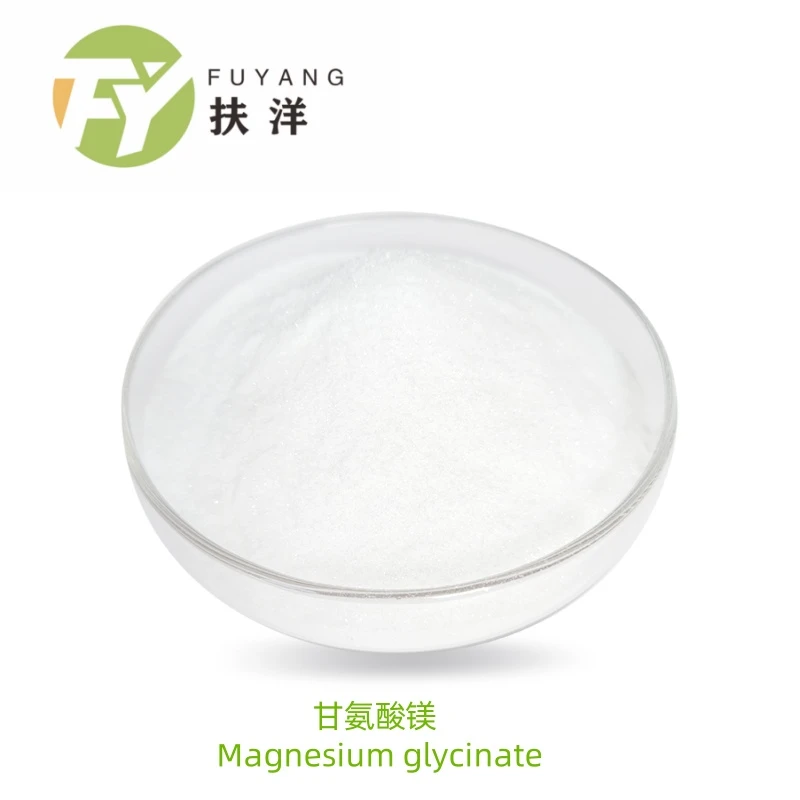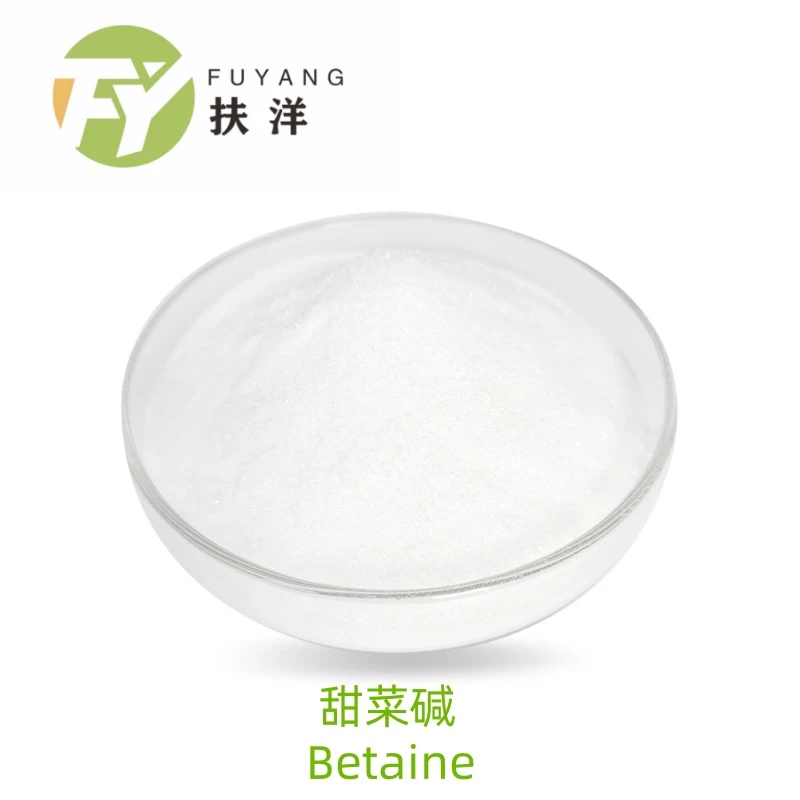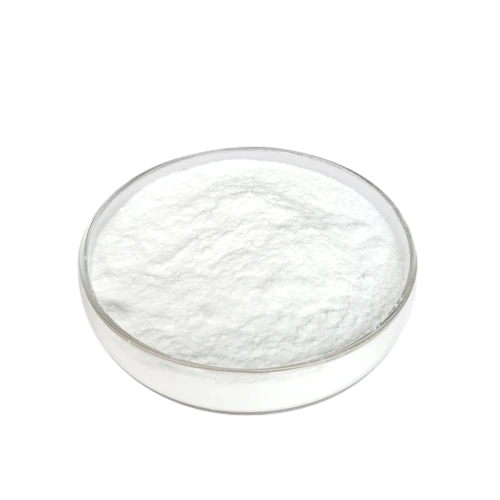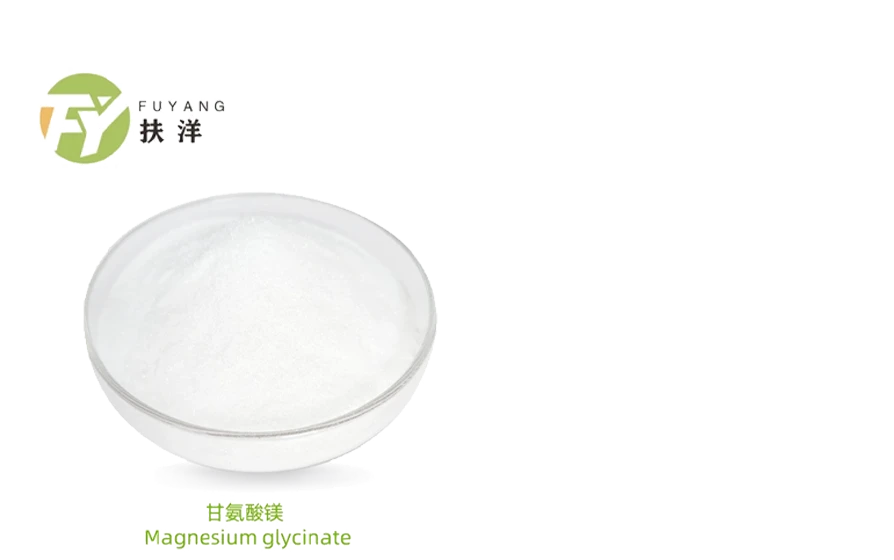Amino acids serve as natural chelators, binding to essential minerals like iron, zinc, and manganese, and facilitating their uptake by plant roots. This chelation process prevents nutrient lock-up in the soil, a common issue with conventional fertilizers, ensuring that plants receive a balanced supply of micronutrients. For example, glycine and glutamic acid improve the absorption of calcium and magnesium, critical for photosynthesis and fruit development. By increasing nutrient use efficiency (NUE), amino acid fertilizers reduce the need for excessive chemical inputs, lowering costs and minimizing environmental pollution.










